How to choose a soil for aloe?
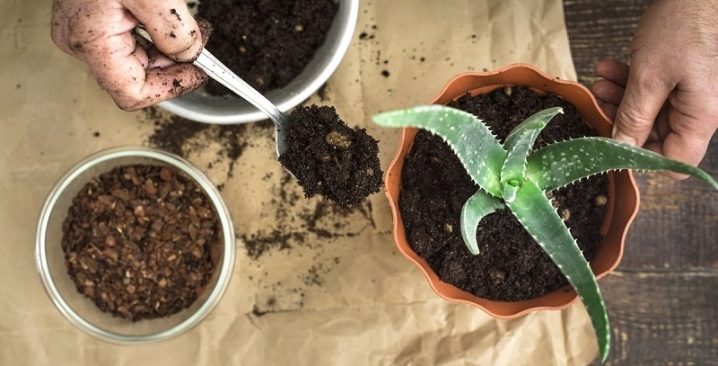
Aloe is known as a low maintenance houseplant. It belongs to the order of succulents - it has fleshy leaves and a developed root system, which allows it to survive even with a prolonged absence of moisture. Aloe got its resistance to drought because hot countries such as Africa, India and Morocco became its homeland.
In order for the plant to develop properly at home, it is necessary to choose a suitable nutrient soil for it.
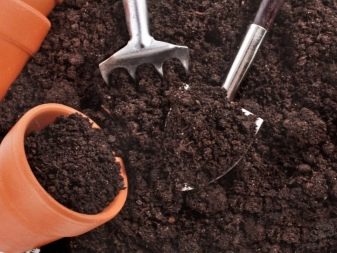
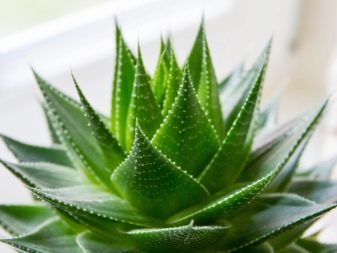
Role of soil
Succulent is able not only to decorate the interior, but also to help in the fight against a cold, acne and skin aging. The rich vitamin and mineral composition of aloe allows you to use it for the preparation of masks, lotions and ointments. However, all these healing properties will only be effective with proper care and nutrition. If the plant develops safely and receives enough nutrients, it is capable of evaporating phytoncides, disinfecting the air in the room and activating the protective functions of the human body... Caring for an indoor succulent is a simple matter, following simple rules you can get a strong and beautiful plant with a rich chemical composition.
Signs of a healthy plant - elastic leaves of a bright green color, the absence of twisted and dried tips. If you notice that even with proper care, your plant does not feel well, then it needs to be transplanted into a different soil.

Soil characteristics
The natural environment of a migrant from southern countries is an arid climate, an abundance of sunshine, high air temperatures and minimal rainfall. As a result, the soil is poor in composition and moisture content, namely: sandy, stony or clayey. These are the main characteristics that should be followed when choosing a soil for aloe. In heavy fertile soil, the roots of the succulent will rot, and in the absence of air circulation, the leaves will begin to turn yellow and dry out, which is detrimental to the plant. It is important to provide high-quality drainage, for example, the soil should be sufficiently loose and free-flowing - this will allow oxygen to penetrate unhindered to the roots and help to avoid moisture stagnation.
So, the soil for aloe should have a number of the following characteristics:
- have a light and loose structure;
- contain natural leavening agents;
- do not retain excess moisture for the plant;
- promote the penetration of air to the roots.
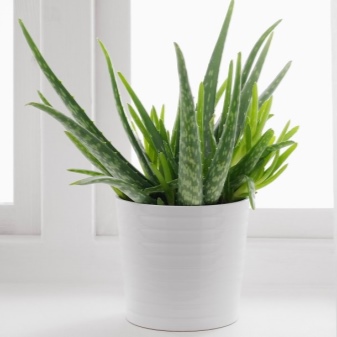

Suitable soil composition
Before transplanting aloe, you need to understand which substances will benefit it and which ones will be destructive. The main nutrients for aloe are phosphorus, potassium and calcium. With a lack of them, the leaves of the plant change color, fall off or dry out. To provide these substances, humus or wood ash is added to the soil during transplantation; you can also buy a special fertilizer for cacti and succulents. A sufficient amount of nutrients will increase the plant's hardiness, ensure the normal development of the root system and leaves.
Homemade succulents do not tolerate excess nitrogen well. The high content of this element in the soil leads to the fact that the aloe leaves crack, the plant loses its water-holding properties. Therefore, the soil should not contain peat - the main source of nitrogen for plants. The minimum amount of substance is still needed by the succulent.The amount of nitrogen in humus and wood ash is sufficient to meet this need. The acidity of the soil for aloe should be neutral or weak, the recommended pH is 6-7. The plant tolerates the lack of nutrients and moisture more easily than their excess. Therefore, resting fertilization is not required.
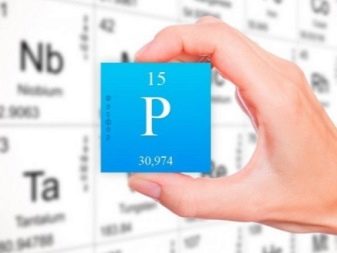
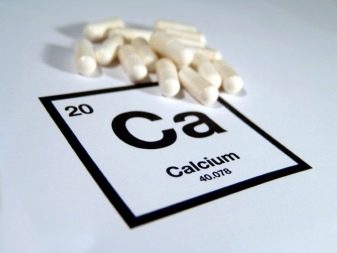
DIY soil
If the plant needs a transplant, the easiest way is to purchase a special soil for cacti and succulents. It can be found at a flower or garden store. Such a soil is convenient in that it contains all the necessary substances in the correct proportions, has a suitable level of acidity, and the possibility of developing pests in it is extremely small.
If for some reason it is not possible to find and purchase special soil, it is easy to prepare it yourself. For this you will need:
- deciduous land;
- coarse sand;
- humus;
- broken brick (or any other type of drainage);
- charcoal.

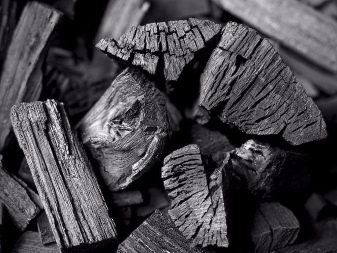
For deciduous soil, it is best to use soil from garden trees such as apple and pear. If you don't have your own garden, you can take the topsoil from under maple or linden. Humus hazel, acacia, or linden are most suitable for succulents. Two parts of deciduous soil are mixed with one part of sand and one part of humus - in a 2: 1: 1 ratio. Lastly, a little broken brick and charcoal are added. Their number will depend on the volume of the flower pot. For example, a 2.5-liter pot will require a small handful of drainage and the same amount of charcoal.
To protect aloe from diseases and pests, the soil mixture prepared at home must be disinfected. This can be done in several ways:
- bake in the oven at 180 ° C for 15 minutes;
- if an urgent transplant is not required, you can freeze the soil for the winter;
- treat with a weak solution of potassium permanganate.


How to prepare a plant for transplanting?
Transplanting is stressful for any plant, because the root system inevitably suffers in its process. Proper preparation of a succulent will significantly reduce the risk that it will not take root in a new place. A mature and mature plant does not need such preparation; it is enough to water it abundantly about two hours before transplanting. Preparation may be required if you decide to propagate the aloe by cuttings, as well as, if necessary, move the young shoot to a larger pot.
To prepare the cut cutting, it is necessary to place it in a warm place for several days. It can be placed in a clean container covered with gauze so that the cut point does not come into contact with the surface. When the cut is tightened with a protective film, it's time to transplant it into the ground. You can prepare a daughter shoot with the help of root formation stimulants. They are conventionally divided into two groups: phytohormones and natural remedies. The former are sold in specialized stores, and yeast or ground cinnamon act as natural stimulants. Before planting, it is enough to treat the roots of the plant with any available means.

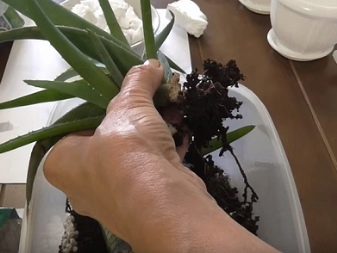
Step-by-step instructions for transplanting
It is advisable to replant a young plant at least once a year, and an adult one every two years. A transplant may be required if, during the growth process, the succulent has become cramped in the pot, as well as if the soil has become unusable and the aloe does not feel well. Regular transplantation of a healthy plant will serve as the prevention of diseases, as well as an incentive for the development of the root system.
For a transplant you will need:
- specially prepared soil;
- pot;
- gloves;
- a basin or any suitable container.
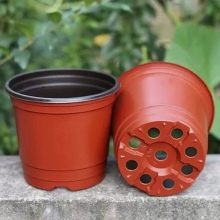


So, the aloe transplant process consists of several stages.
- We remove the plant from the pot, gently grabbing its base, turn the pot upside down over a basin of water.
- We place the aloe in the water and carefully remove the old soil from its roots.
- We fill the transplant pot with soil by about one third.
- Gently holding the plant, place it in the pot. Sprinkle evenly with soil from all sides to the leaves.
- Water and place in a shaded area for about one week.
If the plant has high-quality soil, you can skip point # 2 without removing the earthen lump.
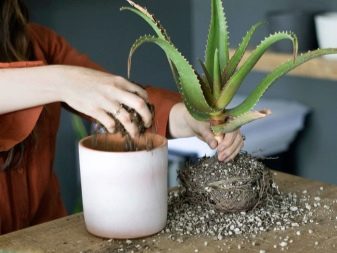
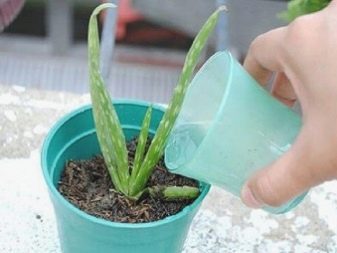
Advice
- To get a strong plant with healing properties, it is best to use a balanced substrate for planting.
- For optimal growth and development of aloe, a light drainage soil with low acidity is required.
- Aloe does not like being overprotected. It is easier for a succulent to survive a drought than stagnant water.
- You should not plant the plant in soil with a high content of peat - nitrogen is detrimental to its root system.
- Self-prepared soil requires disinfection.
- It is enough to water an adult plant abundantly before transplanting.
- Aloe transplant is not difficult, it can be done at home.
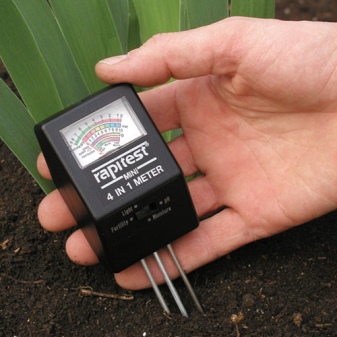
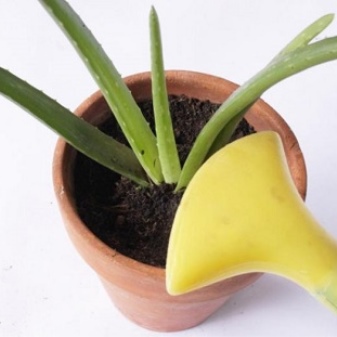
For what you need to know when planting and growing aloe, see the next video.























































Thanks for the helpful article!
Thank you very much for the useful information.
The comment was sent successfully.